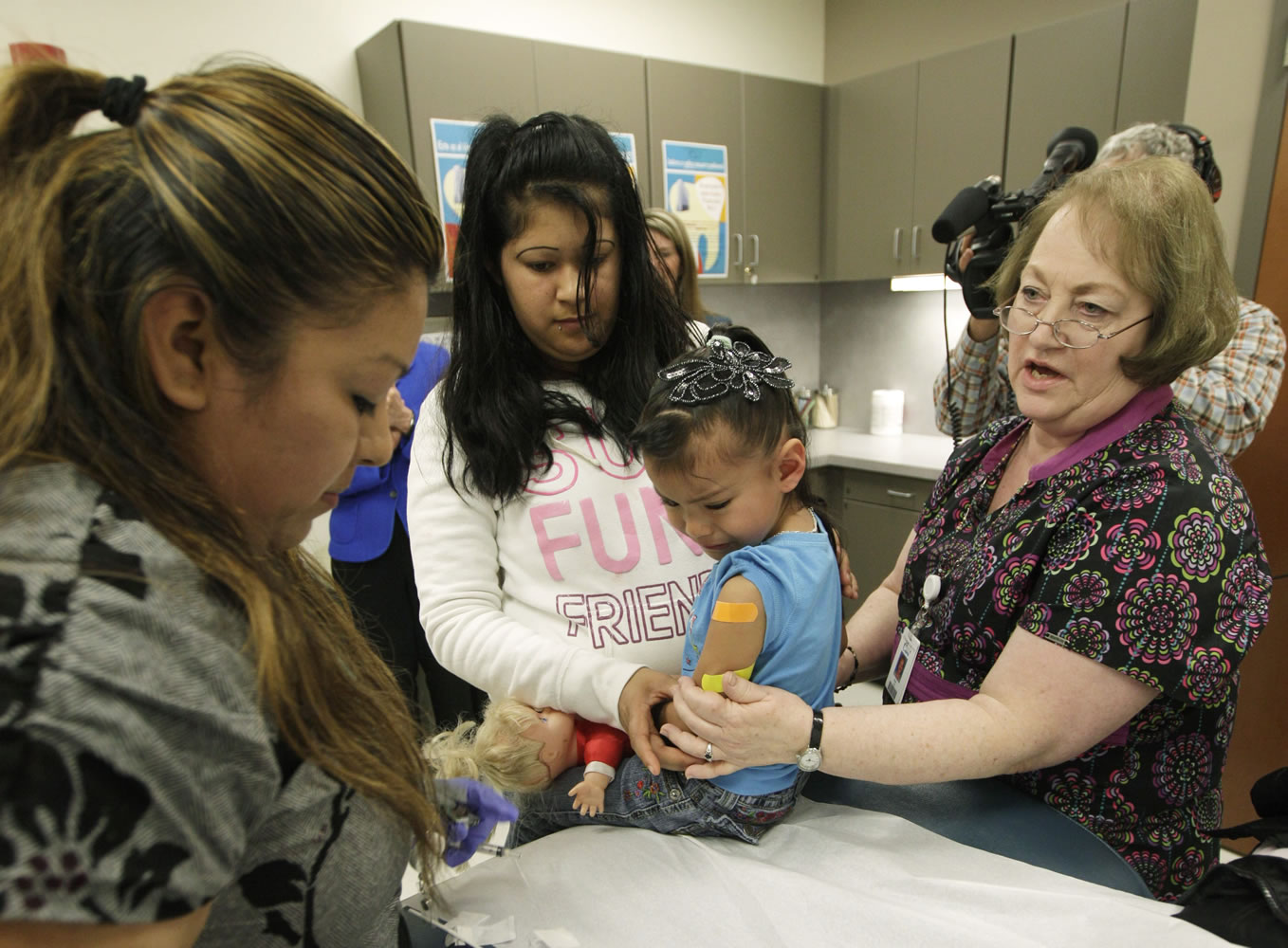The whooping cough epidemic that spread across Washington state this year appears to finally be easing its record-setting pace.
So far this year, more than 4,500 Washingtonians have contracted the respiratory illness — the highest number of cases in more than 70 years, according to the Washington State Department of Health.
From Jan. 1 to Nov. 10, state health officials have recorded 4,501 cases of whooping cough. That’s compared with 642 reported cases during the same time period in 2011.
In Clark County, 319 people have been diagnosed with whooping cough since Jan. 1. That’s compared with 85 cases during the same time period in 2011, said Dr. Alan Melnick, Clark County health officer.
As with the state, the whooping cough pace in Clark County seems to be waning. In September, the county had 29 cases. In October, only five. So far this month, Clark County has had seven cases of whooping cough, Melnick said.
Clark County was among the harder-hit counties in the state with an incident rate of about 71 cases per 100,000 people. Still, the local rate is significantly lower than Skagit County, which reports the highest incident rate in the state: 471 cases per 100,000 people. The statewide prevalence rate is 67 cases per 100,000 people, according to the state health department.
While the pace is slowing — in some places prevalence is returning to levels before the outbreak — the disease will still stick around and continue to circulate, at some level, within communities.
“We’re watching whooping cough activity closely,” said Mary Selecky, state secretary of health, in a news release. “We’re encouraged to see the pace of new cases in our state slowing, but we are not completely out of the woods. Whooping cough is still active and babies are still at risk.”
Whooping cough, also known as pertussis, is spread through respiratory secretions such as coughing and sneezing. The illness is particularly dangerous, and potentially deadly, for infants. Immunization of others protects infants who are too young to receive the vaccine, according to health officials.
This year, more than 330 infants younger than 1 contracted whooping cough. More than 60 infants were hospitalized with the disease, according to the state health department.
The state recommends children receive five doses of the diphtheria, tetanus, and acellular pertussis vaccine, commonly known as DTaP, before age 7. Adolescents ages 11 to 18 and adults ages 19 to 64 should receive a tetanus, diphtheria and acellular pertussis booster, commonly known as Tdap, according to the state.
Marissa Harshman: 360-735-4546; http://twitter.com/col_health; http://facebook.com/reporterharshman; marissa.harshman@columbian.com.




